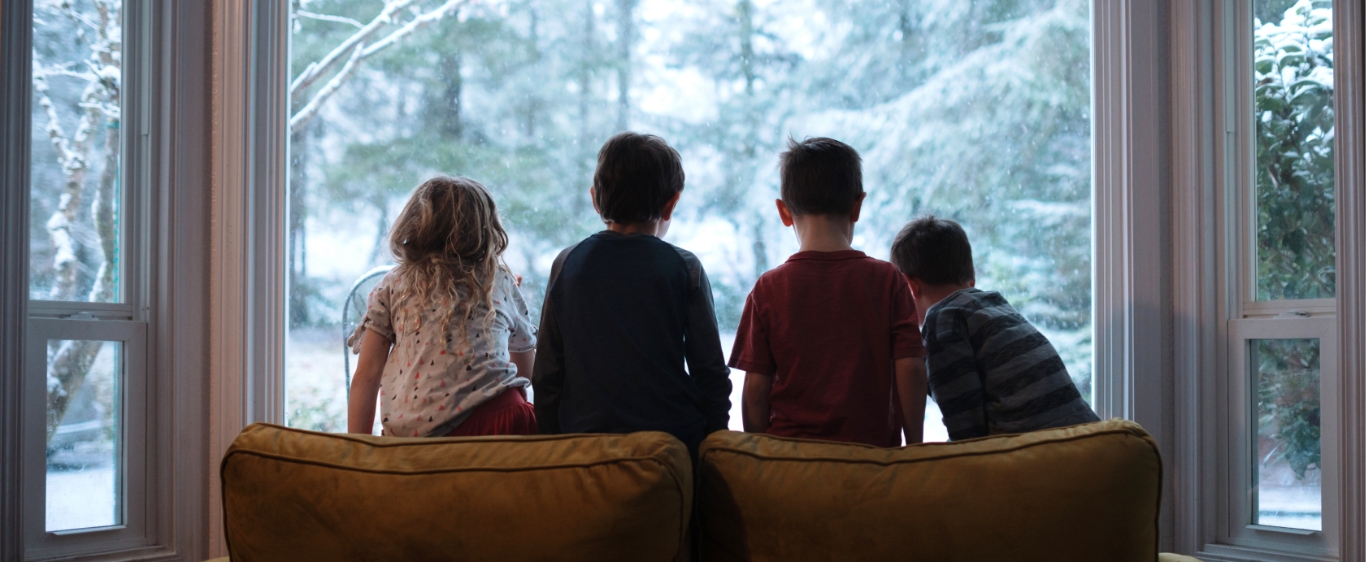
Canadian winters are known for being two things: unusually long and extremely cold. Sub-zero temperatures take a toll on our bodies, cars and homes, which is why we need to be well equipped to deal with frigid weather.
In this article, we discuss how to prepare for extreme cold and what you can do to stay warm when the bitter cold fronts hit.
When Are Extreme Cold Warnings Issued?
An extreme cold weather alert is typically issued when temperatures drop below minus 30 to minus 40 degrees Celsius. However, different regions have different criteria for weather alerts.
In South-Central and Southwestern Ontario, extreme cold warnings are issued when the temperature or wind chill is expected to reach –30°C for at least two hours. In Southeastern Ontario, the threshold is –35 °C, while for Northern and Far Northern Ontario, it’s –40°C and –45°C, respectively.
Some communities have their own alert systems, such as Guelph, Ontario, which starts issuing cold weather alerts whenever temperatures dip below –27°C.
Dangers of Extreme Cold Weather in Ontario
Extremely cold weather poses several risks to health, motorized equipment and structures. Some of the most common health risks of freezing temperatures are frostnip, frostbite and hypothermia. Cold weather can also exacerbate preexisting symptoms in individuals with heart, respiratory or neurological conditions.
In addition, cold weather poses a greater threat to young children and the elderly.
Contact our HVAC professionals today for servicing and providing you with the best advice and solution to all your heating problems!
How to Keep Your House Warm
Because of the health risks that come with frigid temperatures, it’s important you keep your residence sufficiently warm. During cold snaps, furnaces are more likely to break down, and pipes are at risk of bursting. Therefore, it’s crucial you properly prepare for cold weather by following the steps below:
- Lower the thermostat – It may be tempting to crank up the heat, but this will only cause more strain on your furnace. Instead, keep your thermostat at standard room temperature or a couple of degrees cooler (you can always put on extra layers).
- Block Drafts – if you have improperly sealed doors or windows, place film, fabric or other insulating materials to block them off.
Preventing a Furnace Malfunction
Cold weather snaps are notorious for causing furnaces to break down. And, of course, the last thing you want is to be left without a working furnace in the cold. That’s why you should take the following steps, in addition to the tips above, to prevent your furnace from malfunctioning:
- Clean or change your furnace filter
- Keep the thermostat at a constant temperature (no greater than standard room temp.)
- Schedule a furnace tune-up yearly
Do you require expert assistance with your furnace? At Guelph ClimateCare, we offer emergency services, preventative maintenance and more! Get in touch today to speak with one of our trusted technicians.








